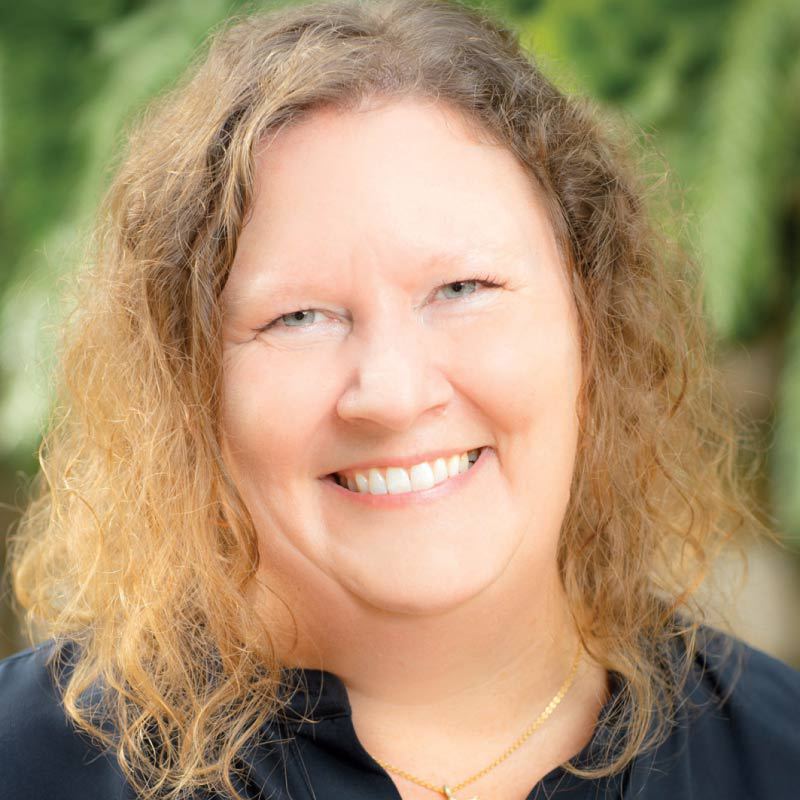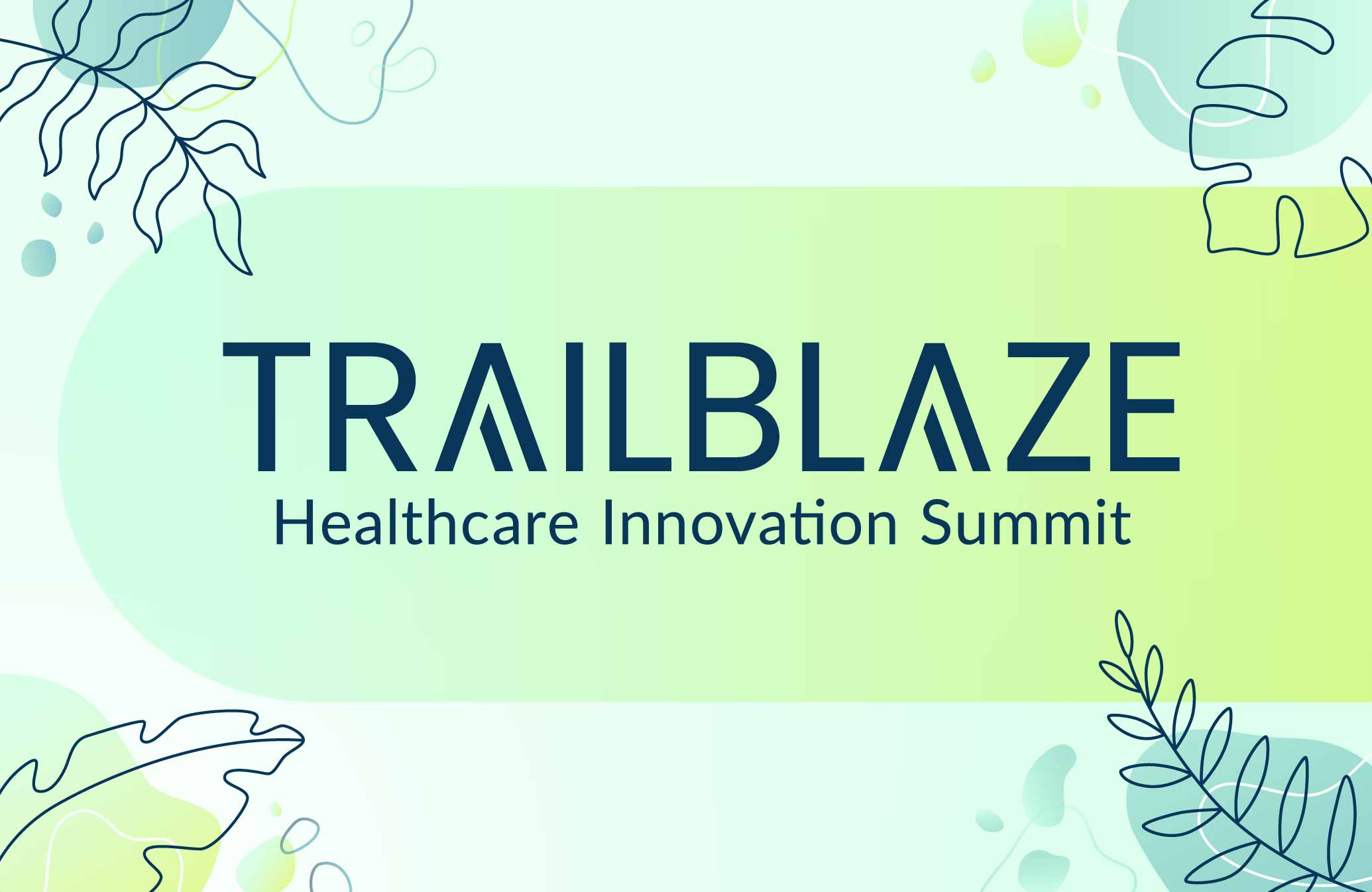Healthcare is an emotional response. And it’s critical for health plans to understand that emotional response because member experience measures account for more than 55% of a plan’s Star Ratings.
Personalizing healthcare is a proven way to boost Star Ratings and keep members engaged with your health plan. But more importantly, personalized outreach that leverages the right language can be one of the most effective ways to break down Social Determinants of Health (SDoH) barriers and move members who need it the most to take the right health actions. We know that there is no one-size-fits-all solution because member populations are diverse. However, taking the time to learn about people on an individual level leads to an understanding of personal needs and, in turn, leads to a better way forward for the member through improved experiences.
Numerous studies have tried to figure out why members leave health plans. One key reason that pops up regularly is dissatisfaction with the communication members receive from their plan.
After working with 100 million members across the company we have learned that members are often unhappy with how their plan communicates with them. There’s too much paperwork, confusing language, and the fact that healthcare is stressful enough these days. And yet, language is a simple yet powerful way to connect to members and meet them where they are.
Here are 3 ways to use language to improve your member experience:
1. Communicate at a 5th-Grade Level
When writing member communications, ask yourself, “How would I explain this program to my niece or nephew?”

Ingrid Lindberg
CEO & Founder, Chief Customer, Trailblaze ‘22Healthcare has traditionally accepted that policies and member materials are complicated and that technical is better. However, a study of 249 adults found that nearly 80% did not know that “hemorrhage” means “bleeding.”
To help members feel empowered and heard, health plans need to make healthcare language more approachable and place it in a consumer context. One innovative approach plans are taking is to hire teachers to review materials and help make the information digestible at a 5th-grade level. And sometimes, a simple change such as saying “We treat for sugar” versus “We treat diabetes” can vastly impact the success of a diabetes management enrollment program.
Plain language takes complicated healthcare programs and not only makes them easy to read but also easy to understand.

The Health Equity Recipe: 4 Ingredients for Health Plans to Break Barriers and Address Disparities
Break barriers and build trust, connection, and empathy alongside members on their journey to better health outcomes.
2. Aim for Bias-Free Language
Take a moment and review your population-specific programs, such as your Breast Cancer Screening or Diabetes Prevention program. Do you use words such as “women” or “diabetics?” These labels contain bias and can unknowingly negatively affect a member’s treatment plan.
Only mentioning women in breast cancer screening programs excludes the knowledge that all people can have breast cancer. Individuals identifying as male may be more reluctant to schedule an appointment if they feel a lump as they have not received awareness of screening options. Furthermore, individuals that identify as transgender may now feel shame as they no longer identify with the label “woman.” In both cases, using exclusionary language may reduce the member’s willingness to seek or complete treatment which in turn snowballs in negatively impacting health outcomes and widening healthcare disparities.
“As a healthcare consumer, it’s about feeling empowered, heard, and listened to throughout our experience.”

Kimberly Switlick-Prose
VP, Enterprise Star Performance, Elevance Health, Trailblaze ’22The word “diabetic” identifies the member by their condition first and as a person second. It’s important to acknowledge people’s humanity first and personalize communications whenever possible. For example, Jane is not a diabetic. Jane is a person with diabetes. Deliberately choosing words and images that focus on a “people-first” approach helps ensure that your programs center around the lived experience of members without reinforcing labels and stigmatization.
American Medical Association (AMA)’s Advancing Health Equity: A Guide to Language, Narrative and Concepts provides a deeper understanding of equity-focused, person-first language and why it matters.
3. A Thank You Goes A Long Way
Remember that there are people at the end of your policies and programs. People like to feel valued, and a quick “thank you” goes a long way–it’s motivating and encouraging.
Recognizing a member’s effort to close a care gap or re-enroll conveys a message of accomplishment, positive reinforcement, and appreciation. This then can translate into a relationship between plan and member, resulting in a lift in positive member experience scores.
“Language is what you use to make people feel welcome and comfortable.”

Marcus Osborne
Former SVP, Walmart Health, Trailblaze ‘22At the end of the day, what we say matters to members. An “attitude of gratitude” not only has the potential to increase member experience measures, but it is also a simple and effective way to thank members for their loyalty.




